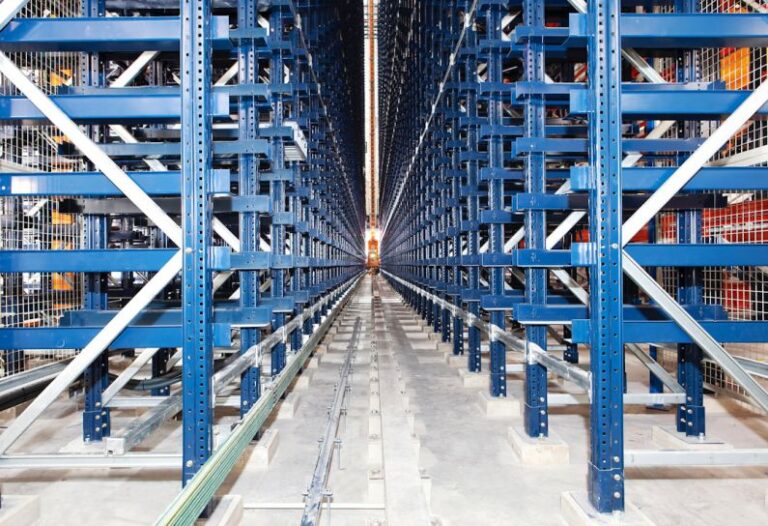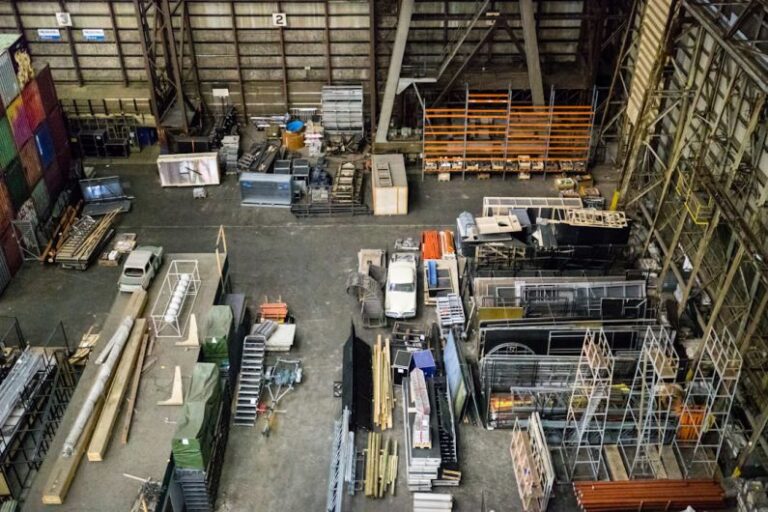The Benefits of Wearable Technology in Warehouse Management
As the demands of modern warehouses continue to grow, the need for efficient and accurate management has never been more crucial. With the rise of e-commerce and fast-paced logistics, companies are constantly seeking ways to streamline operations and improve productivity. One solution that has gained momentum in recent years is the integration of wearable technology in warehouse management. These innovative devices offer a range of benefits that can revolutionize the way warehouses operate, from enhancing employee performance to optimizing inventory control. Let’s delve into the advantages of incorporating wearable technology in warehouse management.
Enhanced Mobility and Flexibility
Wearable technology provides warehouse staff with the ability to access real-time data and information on the go. Devices such as smart glasses or smartwatches enable employees to receive notifications, instructions, and updates without being tied to a fixed workstation. This increased mobility and flexibility allow workers to move freely throughout the warehouse, improving communication and efficiency. By having critical information at their fingertips, employees can make informed decisions quickly, leading to a more streamlined workflow.
Improved Productivity and Accuracy
One of the key benefits of wearable technology in warehouse management is the significant boost in productivity and accuracy. Devices like barcode scanners integrated into smart glasses or wristbands can expedite the picking and packing process by eliminating the need for manual data entry. This not only reduces the risk of errors but also speeds up operations, leading to faster order fulfillment. Additionally, wearable devices can provide real-time inventory updates, ensuring that stock levels are constantly monitored and replenished as needed. By automating tasks that were previously done manually, employees can focus on more value-added activities, ultimately increasing overall productivity.
Hands-Free Operation
Another advantage of wearable technology in warehouse management is its hands-free operation. Traditional handheld devices require employees to constantly pick them up and put them down, which can be cumbersome and time-consuming. Wearable devices, on the other hand, allow workers to have both hands free to carry out tasks efficiently. This hands-free operation is particularly beneficial in environments where employees need to handle items or operate machinery while accessing information. By eliminating the need to juggle devices, wearable technology simplifies processes and enhances worker safety.
Real-Time Data and Analytics
In today’s fast-paced warehouse environment, having access to real-time data and analytics is essential for making informed decisions. Wearable technology enables employees to track performance metrics, monitor inventory levels, and analyze operational data in real-time. This instant access to critical information empowers managers to identify bottlenecks, optimize workflows, and make strategic adjustments on the fly. By leveraging real-time data and analytics, warehouses can operate more efficiently, reduce costs, and improve overall performance.
Employee Training and Onboarding
Wearable technology also plays a vital role in employee training and onboarding in warehouse settings. Devices like augmented reality (AR) glasses can provide interactive training modules, simulations, and visual instructions to new hires, allowing them to learn quickly and effectively. This immersive training experience not only accelerates the onboarding process but also ensures that employees are well-equipped to perform their roles competently. Moreover, wearable technology can serve as a valuable tool for ongoing training and skill development, keeping employees engaged and motivated.
Streamlined Maintenance and Repairs
Maintenance and repairs are inevitable in warehouse operations, and timely intervention is crucial to prevent downtime and disruptions. Wearable technology can streamline maintenance processes by enabling technicians to access equipment manuals, schematics, and troubleshooting guides hands-free. With augmented reality overlays, technicians can receive step-by-step instructions and visual cues to perform repairs accurately and efficiently. This proactive approach to maintenance helps minimize equipment downtime, prolongs the lifespan of assets, and ensures smooth operations in the warehouse.
Innovative Integration with IoT and AI
The integration of wearable technology with the Internet of Things (IoT) and artificial intelligence (AI) opens up a world of possibilities for warehouse management. By connecting wearable devices to IoT sensors and systems, warehouses can create a networked environment that collects and analyzes data in real-time. This seamless integration allows for predictive maintenance, automated inventory management, and intelligent decision-making based on data insights. With AI algorithms, wearable devices can offer personalized recommendations, optimize routes, and even predict demand patterns, leading to more efficient and agile warehouse operations.
Conclusion: The Future of Warehouse Management
In conclusion, wearable technology is transforming warehouse management by enhancing mobility, improving productivity, enabling hands-free operation, providing real-time data and analytics, facilitating employee training, streamlining maintenance, and integrating with IoT and AI. As warehouses strive to meet the growing demands of the market, incorporating wearable technology offers a competitive edge in optimizing operations, increasing efficiency, and delivering superior customer service. With continuous advancements in technology and innovative solutions, the future of warehouse management looks brighter than ever, promising increased automation, connectivity, and intelligence to drive success in the supply chain industry.






